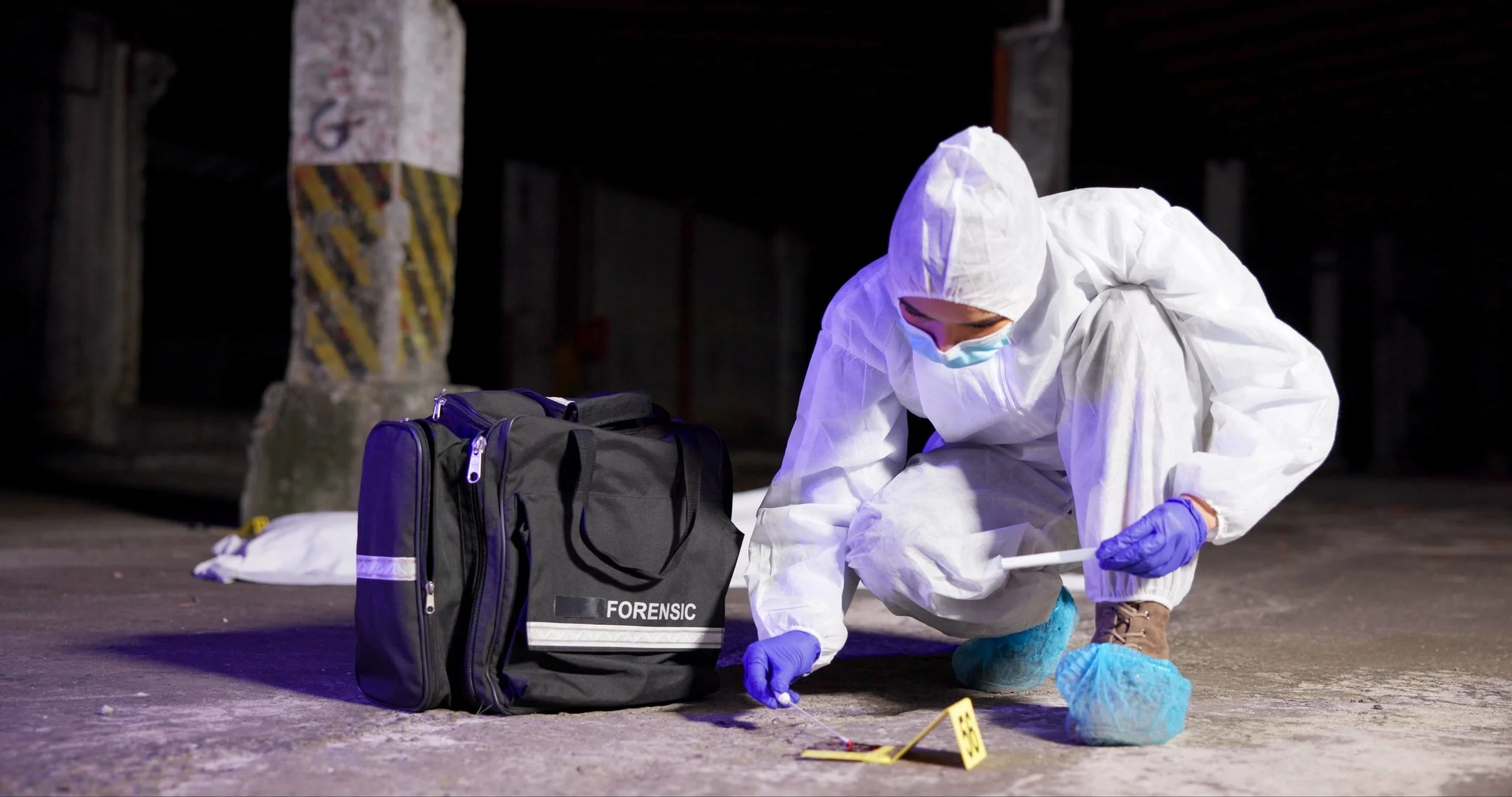DNA evidence and the shortened report format (SFR)
Shortened forensic reports whether that be SFR1s (Streamlined Forensic Report Stage 1), Abbreviated Forensic Statements or Results Reports are being encountered with increasing regularity in cases involving DNA and more widely amongst different areas of forensic science. These short report formats give the results of the DNA analyses undertaken, often in a piecemeal approach. Sometimes, because of the staged approach often used in forensic examinations, results relating to different exhibits will be in different reports making it difficult to get a good understanding of the extent of the forensic evidence in its entirety. The shortened report format is intended to be a case progression tool and is not to be used evidentially; according to the CPS, use of SFRs “…seeks to reduce unnecessary costs, bureaucracy and delays in the criminal justice system.” They give the bare bones of the forensic evidence, not necessarily all of it, and can result in the impression that the evidence is more probative than it is.
Take the case of a sample taken from an airbag deployed following a vehicle collision where there is a dispute over who was the driver of a vehicle at the time. A shortened report might be produced stating that a DNA profile was obtained from the deployed driver’s airbag matching individual X but the report is unlikely to include a statistical evaluation of this result, where on the airbag the sample was taken, the nature of the biological material from which the DNA could have originated and whether DNA from other individuals might be present. These are all important questions when addressing whether individual X was the driver at the time of the collision, particularly if X states that they were merely a passenger at the time or they are the owner of the vehicle but that the vehicle had been driven by someone else at the relevant time . Often it is questions like this that need answering to get to the real issues of the case, not just whether individual X’s DNA is present on an item.
It is only when the Defence do not accept the shortened report that the production of a SFR2 DNA evaluation report or evidential statement is triggered. This only occurs in a small proportion of cases which in turn means that in only a small number of cases, an expert has assessed the evidential value of the match. During a SFR pilot in 2017, only 1% of SFR1s led to an SFR2 but it is not clear what the reason for this was. Even then, there may be no contextual interpretation of the evidence; the statement may tell you that DNA from your client is present but may not necessarily address how that DNA may have come to be deposited, the amount of DNA attributable your client or the significance of the presence of DNA from other individuals. From a scientific point of view, a DNA profile match will have no evidential value until its evaluation in the case context indicates that it does have. The relevance of contextual issues in relation to DNA profiling evidence are set out in a publication by The Royal Society, ‘Primer: Forensic DNA analysis’[1]. Evaluation requires expert knowledge of the context and available research.
Ultimately courts need to be satisfied that the DNA which matches a defendant was in a quantity and type of cellular material which fits with an allegation, and was transferred at the time and in the manner alleged; none of which is indicated by a shortened report. A full matching DNA profile can provide compelling evidence in some contexts and be evidentially valueless in others, or sit somewhere in between. If a DNA profile match cannot, in itself, prove an allegation, then it follows that the degree to which it might support that allegation is dictated by the likelihood of obtaining the same result from other circumstances. Accurate evidential evaluation depends on assessing the limitations of the sampling and testing, and the extent to which the result could have arisen from other stated or reasonable alternative circumstances.
In accepting a shortened report it is important for the defence to be precise about exactly what is accepted and to avoid inadvertent acceptance of a whole raft of assumptions and inferences that might seem to flow from the test result. Our recommendation to defence lawyers is to be explicit that acceptance of shortened reports does not include acceptance that it necessarily corroborates an allegation or deems acceptance of a prosecution lawyer’s inferences. Thereafter its uncertainty may be dealt with by instructing forensic experts. We can establish the source and location of the underlying scientific data and disclosure can be obtained, allowing expert evaluation of the DNA profiling result within the context of the case.
Emma Youngson, Forensic Biologist, Keith Borer Consultants
[1] https://royalsociety.org/~/media/about-us/programmes/science-and-law/royal-society-forensic-dna-analysis-primer-for-courts.pdf

